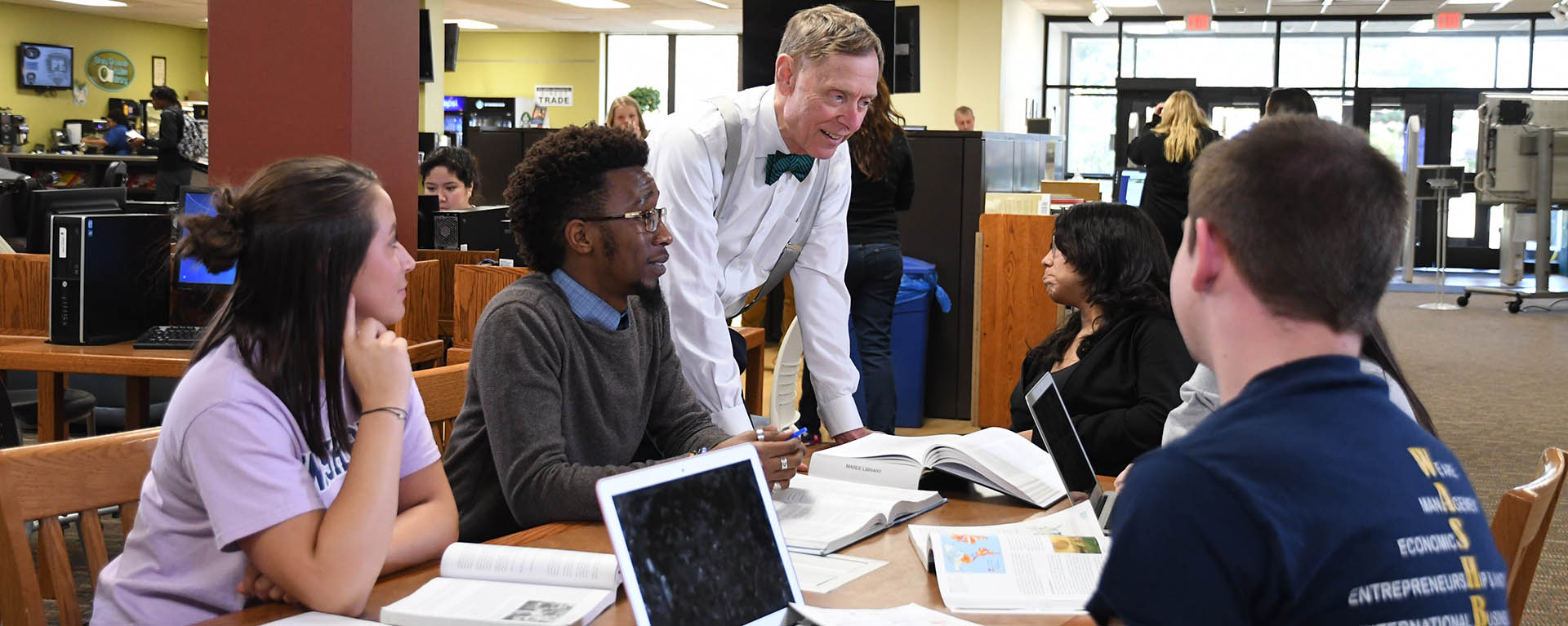
Personalize your application using a cover letter
Cover letters most often are letters of application. The resume and cover letter are your sales brochures used to get an interview. Use the cover letter to expand on the resume and to personalize your approach.
A good letter represents you as a person seeking a more personal conversation regarding possible employment. Cover letters are intended to summarize, mention particular points, cite specific examples from your experience, provide additional information, refer to the resume, and ask for an interview. Cover letters follow the same general rules as resumes--they are specific, concise, and error free.
When sending a resume, always enclose a cover letter. If you email your resume as an attachment, the body of your email message is your cover letter. If you are handing someone your resume in person, as at a career fair, a cover letter is not necessary.
For more information, see the model below and the helpful links at the right.
Your Address
City, State, Zip
Area Code-Telephone number
Email Address
(You may use a header similar to your resume for the above information)
Date
Recruiter Name
Recruiter Title
Organization Name
Organization Address
City, State, Zip
Dear Dr./Mr./Ms. (Recruiter) LastName:
FIRST PARAGRAPH: Interest and Purpose. State why you are writing, name the position for which you are applying, mention how you heard about the opening, and explain why you are interested in this position.
MIDDLE PARAGRAPH(S): Academic, Experiential, and Personal Qualifications. Sell yourself, expand on relevant skills, highlight your academic, experiential, and personal background that is relevant to the job for which you are applying. Show the employer what you can do for them. Be specific--this is not just a rehash of your resume.
LAST PARAGRAPH: Request the Interview. Ask for an interview, refer the employer to your resume and any other enclosures. If you will be in a particular area on a certain date, inform the employer of this date. Show your motivation by telling the employer you will be in contact with them. Finally, thank the employer for their time and consideration. Close with a sentence that sets up the expectation that the employer will get back to you first: "I look forward to hearing from you soon."
Sincerely,
(Your Signature)
Your Name (Typed)
Enclosure

